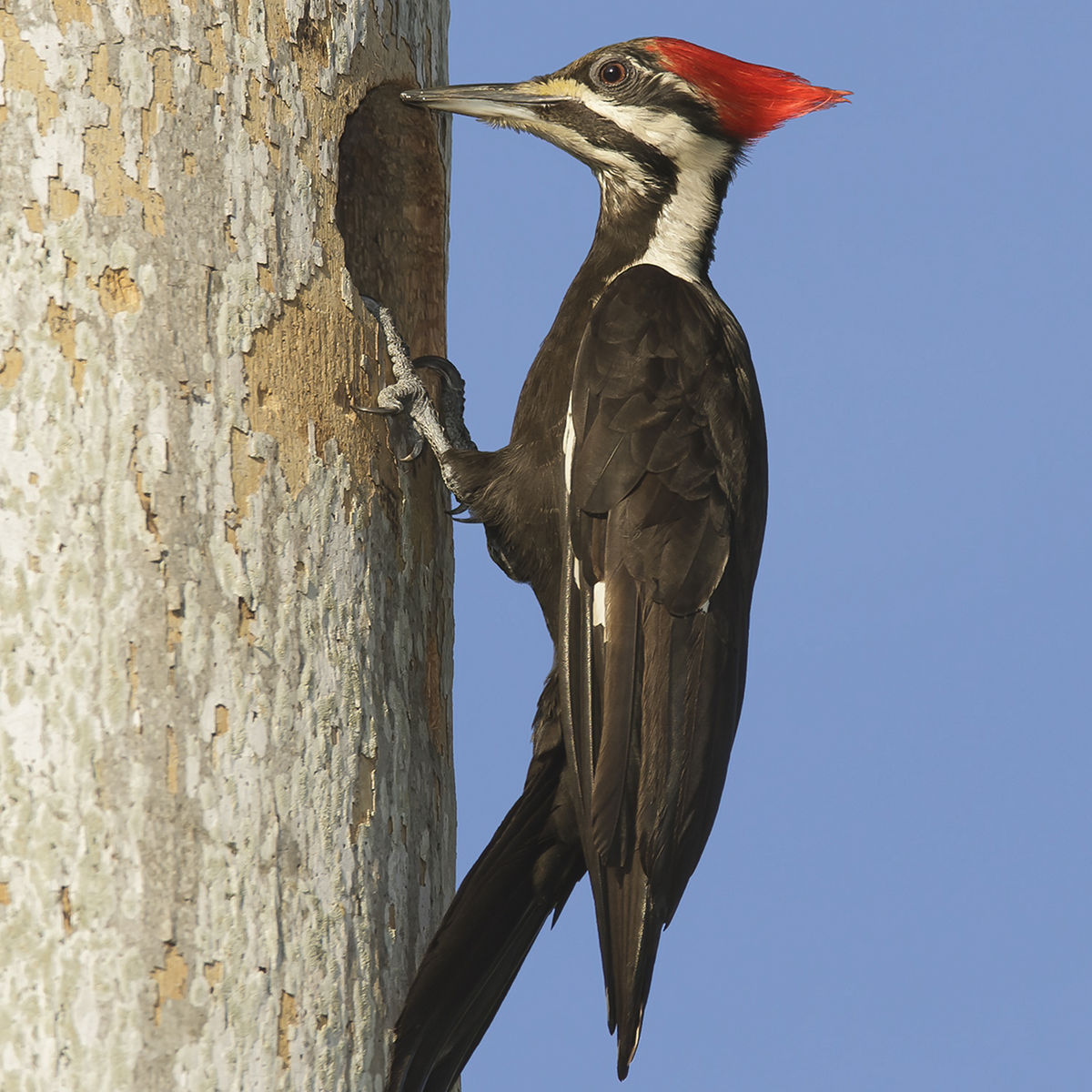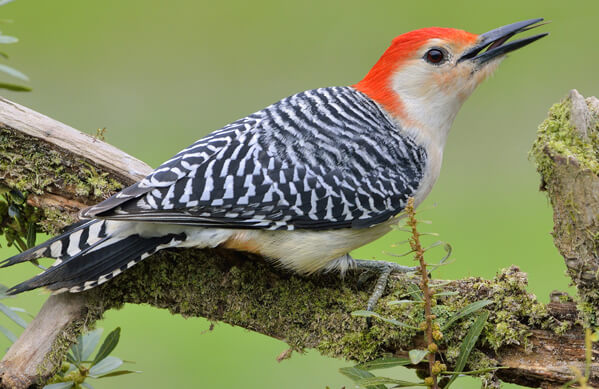Woodpeckers in Florida: Natural History, Ecology, and Preservation
Woodpeckers Unleashed: Discovering the Marvels of These Competent Tree Mountain Climbers
Woodpeckers, with their unique markings and rhythmic drumming resembling with wooded locations, hold a special location in the bird globe. Their specialized anatomy and adjustments allow them to browse vertical surfaces with unparalleled ability. Their proficiency of tree climbing is just one element of their interesting actions. As we look into the complex details of woodpeckers' nesting behaviors, feeding techniques, and the continuous conservation efforts to safeguard these amazing birds, a deeper admiration for their area in nature unfolds.
Composition and Adaptations
When analyzing the anatomy and adaptations of woodpeckers, one can observe impressive functions that enable these birds to thrive in their specialized environmental niche. Additionally, woodpeckers have zygodactyl feet, with two toes dealing with forward and 2 dealing with in reverse, providing a firm grasp on tree trunks while they search for food or drum for communication.
Moreover, woodpeckers have a special tongue framework that is long, barbed, and sticky, enabling them to draw out bugs from holes in timber. This specific adaptation permits woodpeckers to make use of a food source that is hard to reach to lots of other bird species. Generally, the composition and adjustments of woodpeckers display the remarkable transformative options that have enabled these birds to flourish in their arboreal environment.
Drumming Habits
Having actually checked out the anatomy and adjustments of woodpeckers, the emphasis now shifts to comprehending their drumming behavior, an unique aspect of their interaction and territorial displays. Drumming is a crucial kind of communication amongst woodpeckers, serving several purposes such as establishing regions, attracting friends, and signaling alarm. Each woodpecker types has an unique drumming pattern that assists people recognize participants of their very own species and differentiate them from rivals or killers.
Woodpeckers produce drumming noises by swiftly pecking on resonant surfaces such as dead trees, energy posts, or even steel things, creating a series of balanced beats. The strength and speed of drumming can vary based upon the objective; for example, a fast drumming series might signify hostility in the direction of burglars, while a slower and softer drumming pattern can show courtship (Woodpeckers in Florida). In addition, woodpeckers may readjust the frequency and duration of their drumming to share particular messages properly
Nesting Habits
Checking out the nesting routines of woodpeckers discloses remarkable insights into their reproductive behaviors and environment choices. Woodpeckers are known for their distinct nesting preferences, usually excavating cavities in trees to create sheltered spaces for raising their young. These cavities serve not only as a nesting site but also as a protected refuge from predators and harsh weather.
Woodpeckers exhibit a high level of fidelity to their nesting websites, often going back to the very same area time after time. This actions highlights the relevance of ideal environment accessibility for their reproductive success. The choice of a nesting site is important for woodpeckers, with elements such as tree species, height, and degeneration phase playing considerable roles in their decision-making process.
Surprisingly, some woodpecker varieties are understood to excavate numerous dental caries within their area, offering themselves with alternative nesting alternatives. This approach may work as a kind of insurance policy against potential hazards or disruptions to their main nesting site.

Feeding Methods
Woodpeckers employ a variety of specialized feeding methods to acquire their key food sources. One of the most unique feeding actions of woodpeckers is drumming, which entails rapid pecking on trees to uncover bugs underneath the bark. This drumming not just aids them find target yet additionally functions as a method of interaction with other woodpeckers. Woodpeckers have strong, chisel-like beaks that pop over here enable them to drill right into timber easily. When an opening is developed, they utilize their lengthy, barbed tongues to extract insects such as ants, beetles, larvae, and spiders. These tongues are coated with sticky saliva that helps trap the prey. Woodpeckers are also known to excavate cavities in trees to access hidden insect larvae or sap. Some species, like the acorn woodpecker, store nuts in specially created holes called granaries. This strategic storing of food aids them endure throughout food deficiency durations. Woodpeckers are genuinely exceptional in their feeding methods, showcasing versatility and intelligence in procuring their nourishment.
Preservation Initiatives
Amidst the intricate feeding strategies displayed by woodpeckers, the conservation initiatives focused on protecting link these fascinating birds play an essential duty in maintaining their habitats and populaces. Woodpeckers encounter different threats to their survival, consisting of habitat loss as a result of logging, climate modification modifying their environments, and accidents with man-made structures such as structures and automobiles - Woodpeckers in Florida. Conservationists are proactively working to deal with these challenges and make sure the long-term health of woodpecker species

Education and public awareness projects are likewise crucial elements of woodpecker conservation initiatives. By raising recognition regarding the significance of these birds in keeping healthy woodland environments, guardians can amass support for environment conservation initiatives and advertise responsible land administration practices. With collaborative initiatives between researchers, policymakers, and neighborhood neighborhoods, we can collaborate to safeguard a future where woodpeckers flourish in their all-natural habitats.
Final Thought
